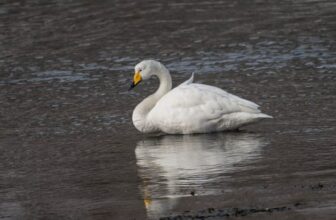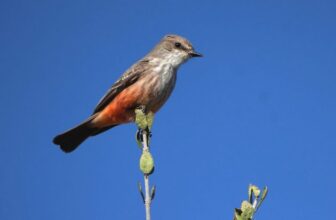
[adinserter block=”1″]
This post starts like every birding blog post should start – by showcasing some bulbul species.
(Yes, I am joking. According to the highly successful book ” 7 Habits of Highly Successful Birding Blog Post Writers”, only about 50% of birding blog posts should start with bulbuls).
And of course, given that black is the new black (yes, I know – not a very original phrase), it should start with a Black Bulbul.
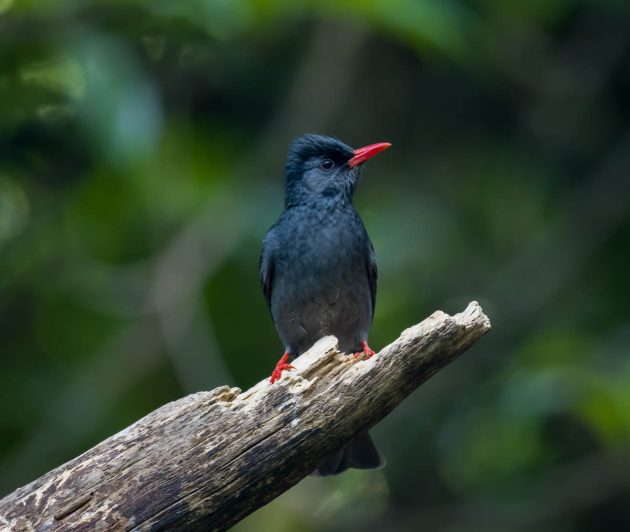
If you are more of a part-time lover of the color black, the Black-crested Bulbul may be a better choice. Though you have to give up on the nice red bill.
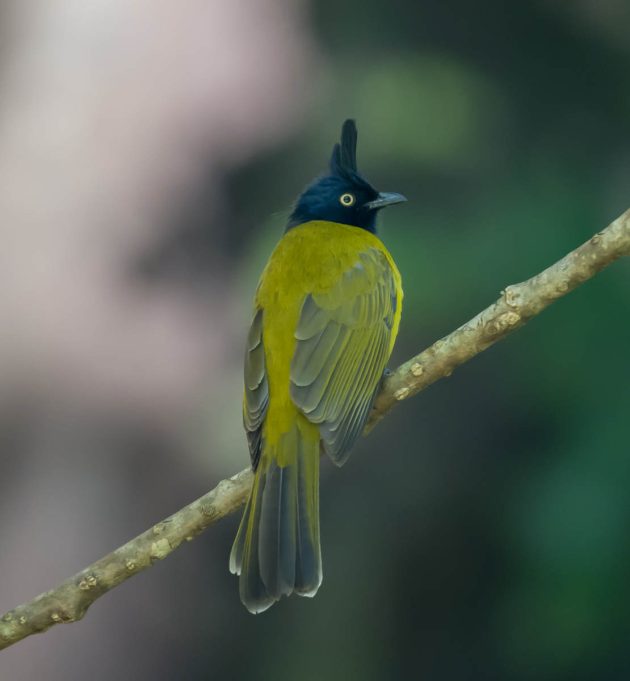
But you gain a crest.
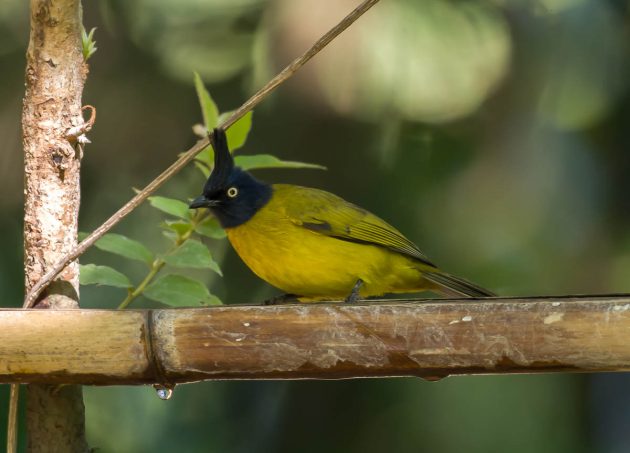
I may have written this before (at my age, repeating yourself is pretty much the only thing that keeps you alive), but the flavescent in the Flavescent Bulbul – though it sounds pretty grand to me – simply means yellowish.
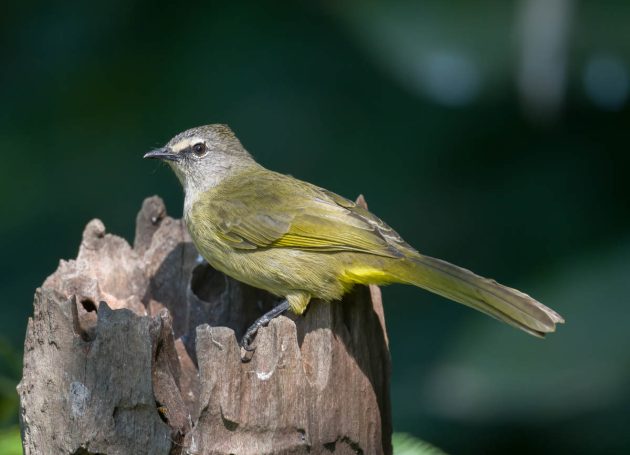
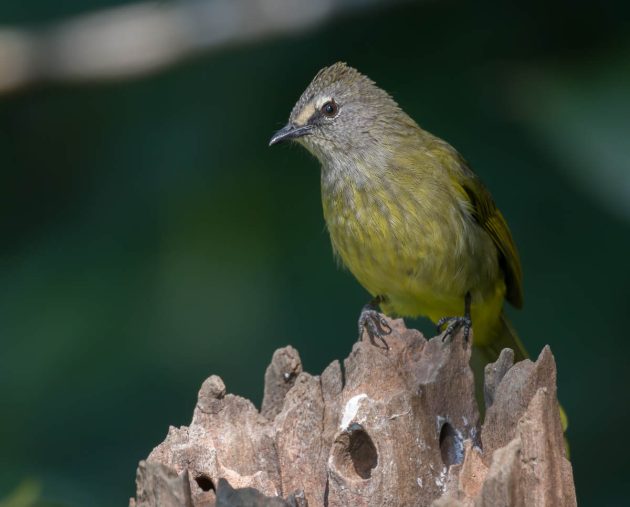
The eyes of the Grey-eyed Bulbul make it look permanently slightly depressed – or am I just projecting? Anyway, I once found a box of Prozac next to one of its nests, which seems to support my theory.
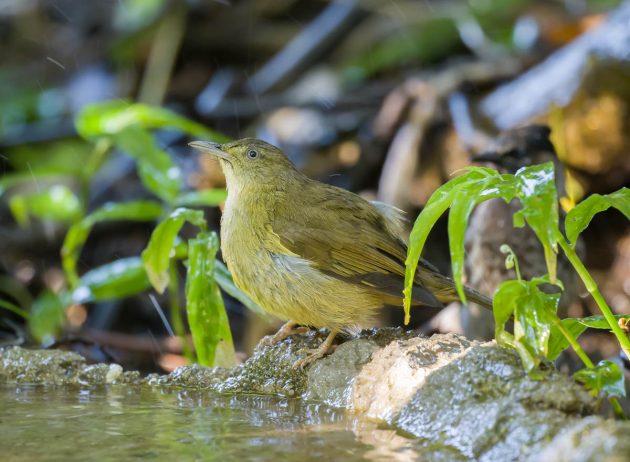
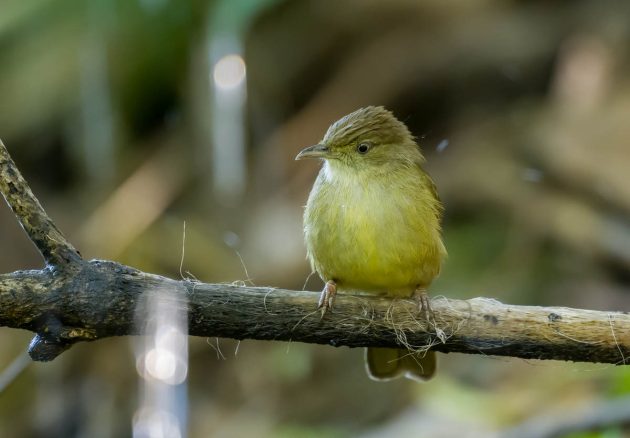
Some joggers wear very brightly neon-colored shorts, either to indicate that they are colorblind or to attract attention to their rear areas. The Red-vented Bulbul is their soulmate.
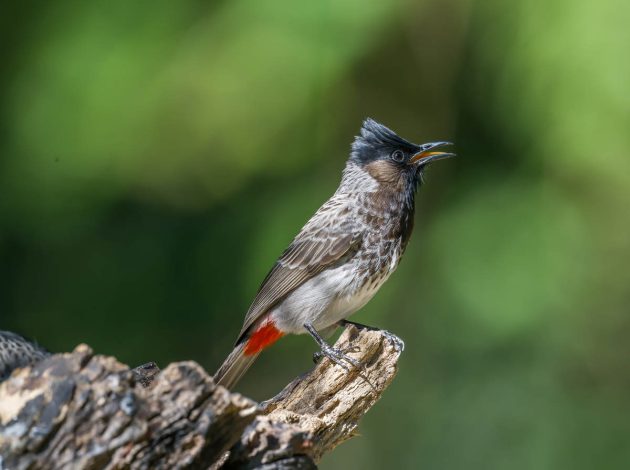
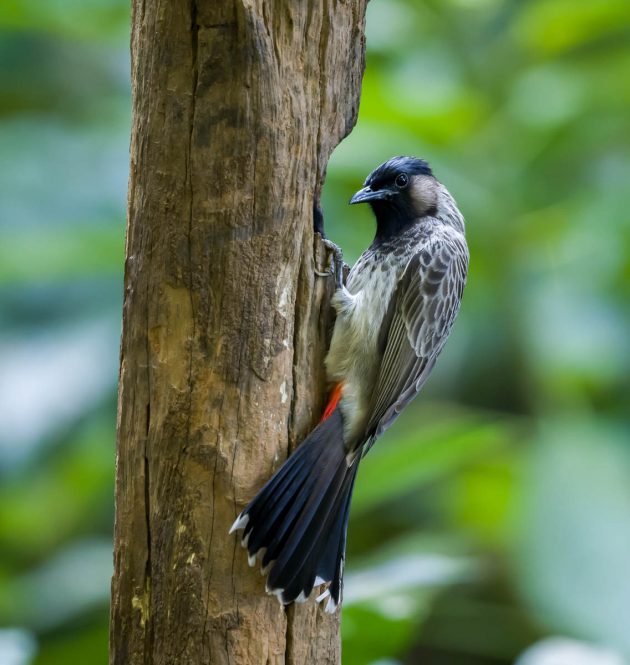
While the red vent of that bulbul is very characteristic, the white throat of the White-throated Bulbul is much less conspicuous – my guess is the ornithologists simply ran out of suitable names and thus had to use a rather secondary feature of the bird to name it.
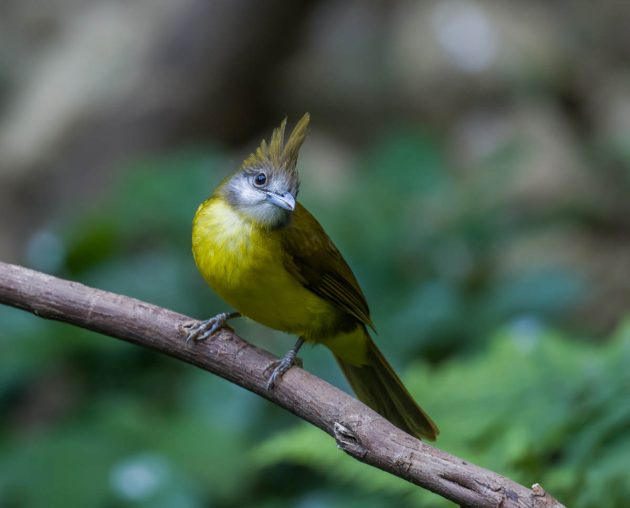
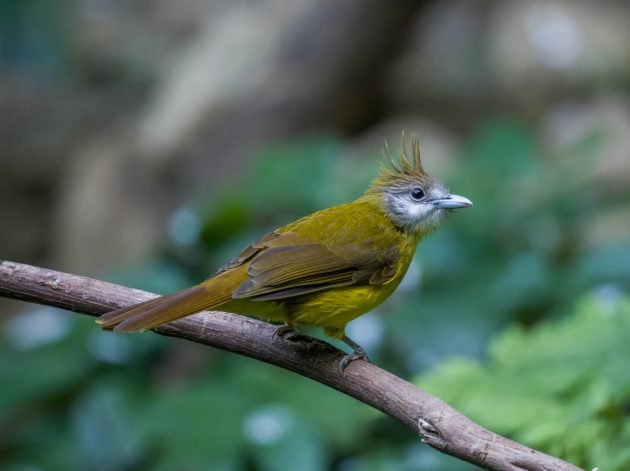
Absolute beginners in the area of bird photography might be inclined to use red-eye correction after taking photos of the Ashy Drongo. But no, the eye color is real, better leave it alone.
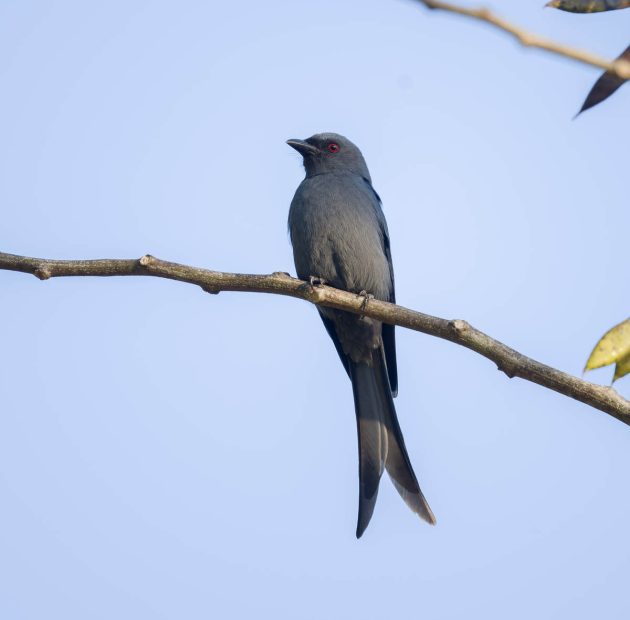
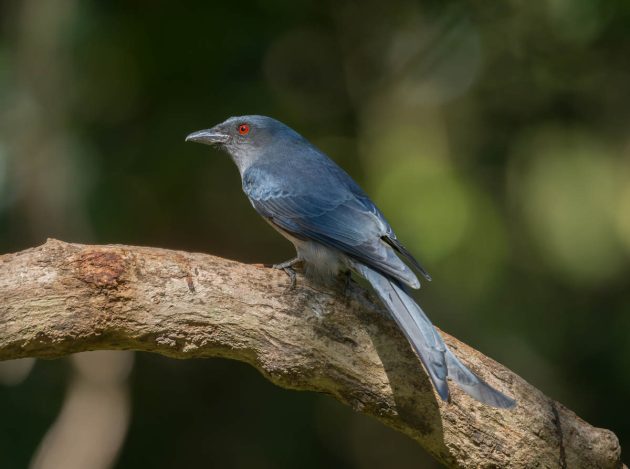
What if everything you ever knew turns out to be wrong? This is a finding presented in a paper on the Greater Racket-tailed Drongo.
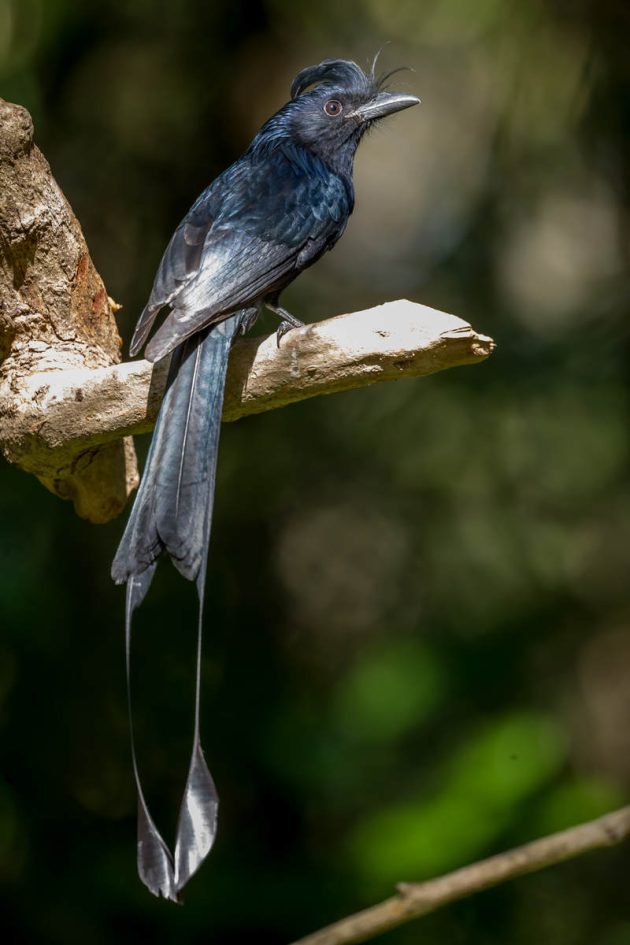
Specifically, the thought-provoking and revolutionary finding is this:
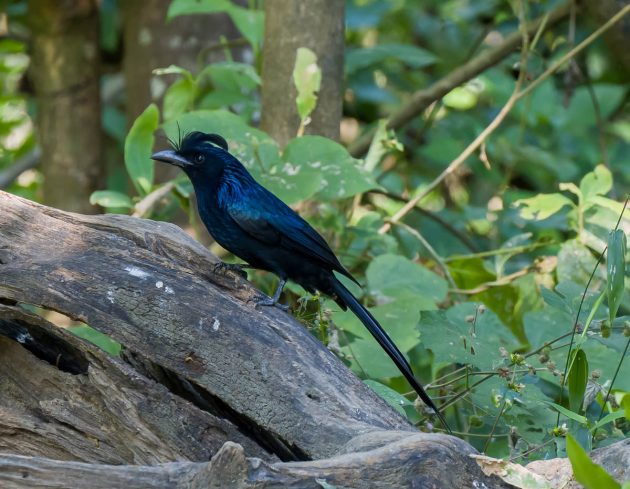
Many misidentified subadult drongos will be very glad to hear this.
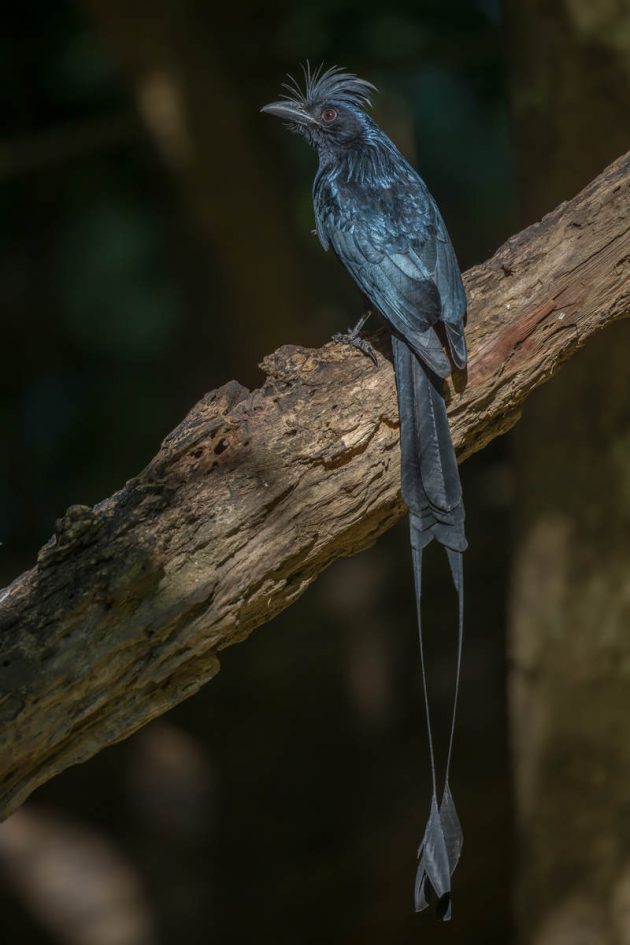
They will also be happy to be alive in the first place after reading this horror story about Greater Racket Tailed Drongo chicks being eaten by gibbons.
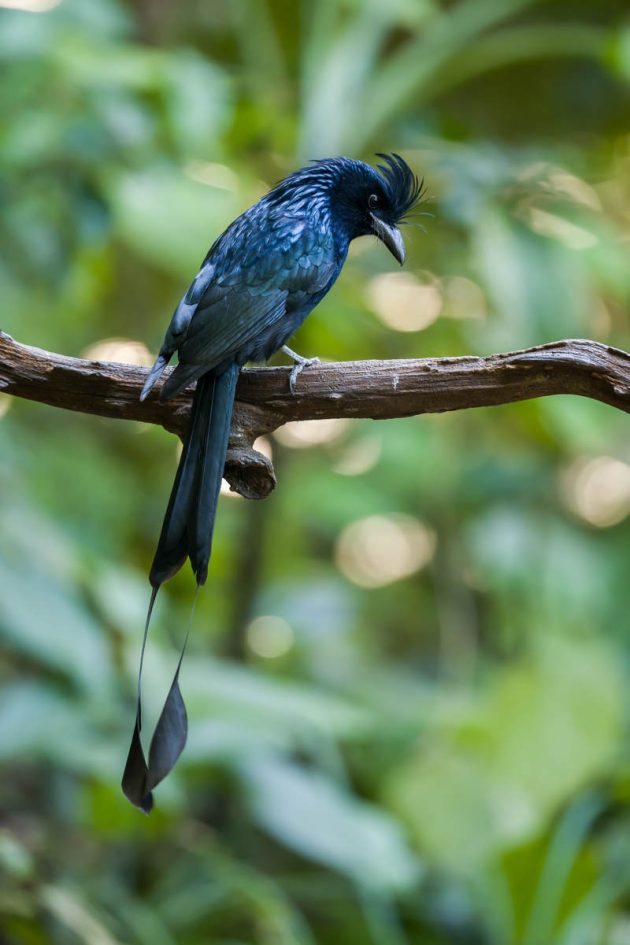
“She [the female gibbon] was busy eating the flesh of the chick, unconcerned by the strong mobbing of the drongos. After finishing the first chick she took the second chick from the nest. The chick was calling and waving its legs continuously to escape. The female Hoolock [gibbon] inspected the chick for some time, holding it upside down in front of her face, and shaking it a couple of times whilst looking around her, causing the victim’s parents to become frantic in their mobbing. She shifted to another branch and again held the chick upside down while it opened its gape to its widest extent. After a while, she bit off the chick’s head, ate it, and then started eating the body.”
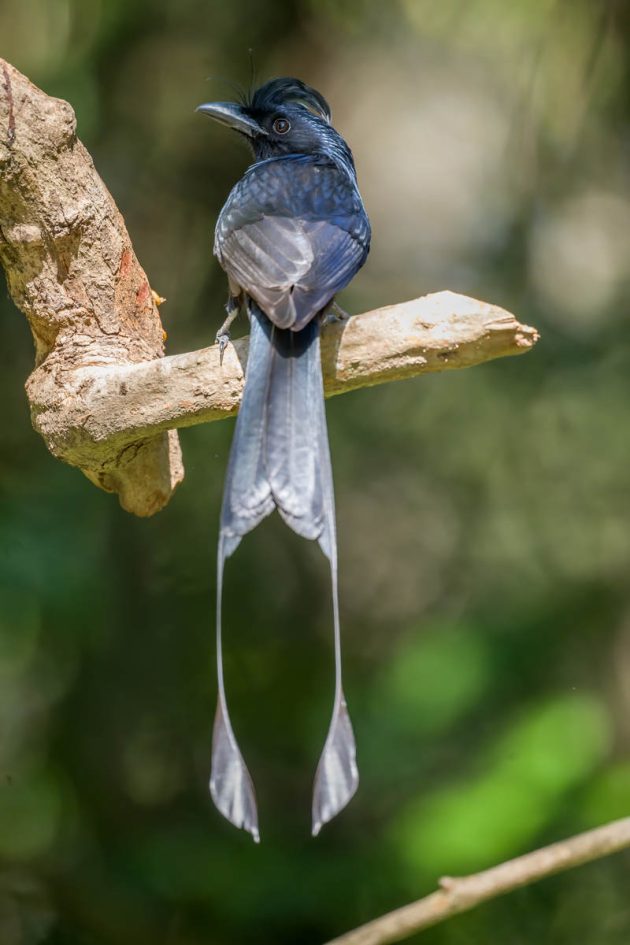
If that is not terrifying enough for you, go to the source paper for photos.
Lesser Racket-tailed Drongos probably will hope that the gibbons are very specific in their meal selection – but that is unlikely as the paper describes the gibbons as “primarily omnivorous” (though that expression strikes me as slightly weird – as if describing some person’s food preferences by stating that he/she eats mostly everything).
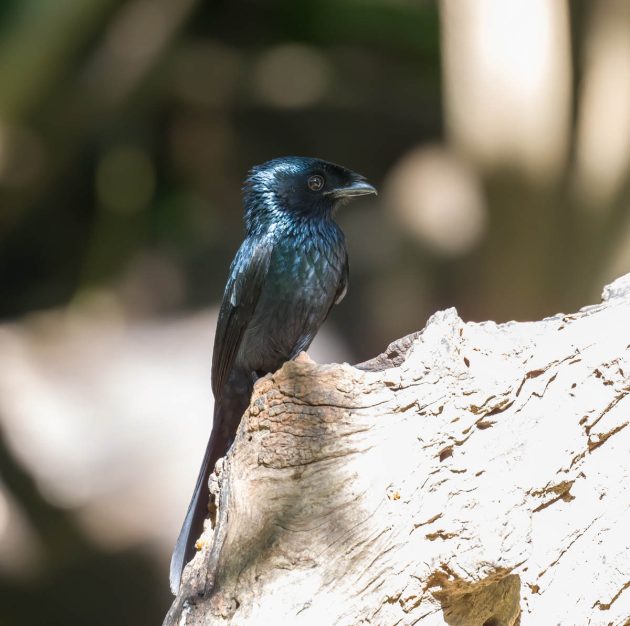
Bianchi’s Warbler (if indeed this is what my photo shows) is what eBird calls – in a tone not exactly encouraging future generations of birdwatchers – “One of a number of mind-numbingly similar Seicercus warblers”.
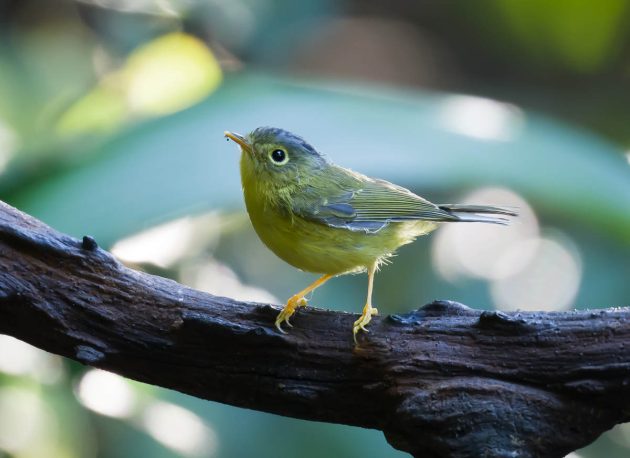
For some reason, it is important for eBird to point out that the Blue-bearded Bee-eater does not look graceful in flight. A Blue-bearded Bee-eater I asked about this pointed out that most eBird writers do not look very graceful cramped in their Economy seats either. Most likely, both parties are right.
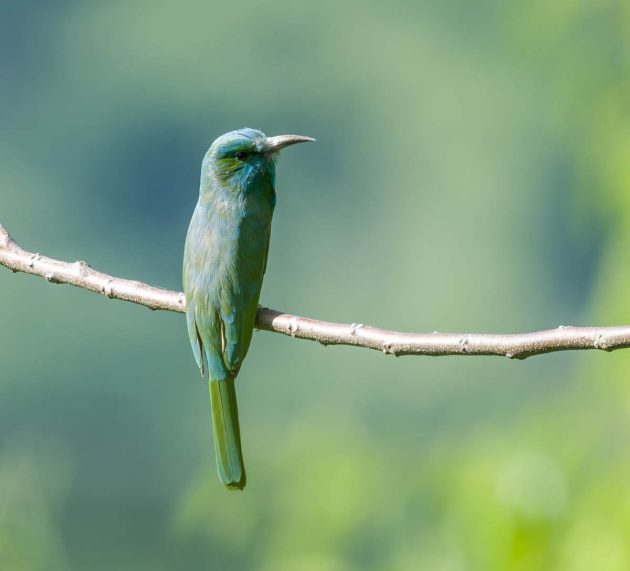
The band Van Halen famously banned brown M&Ms from the things served to them at concert venues – an interesting article discusses this in some detail.
Blue-throated Barbets apparently also have color preferences related to their food. According to the HBW, captive wild-caught juveniles from the Xishuangbanna Tropical Botanical Garden in China tend to prefer black and red fruits over yellow, green or blue fruits.
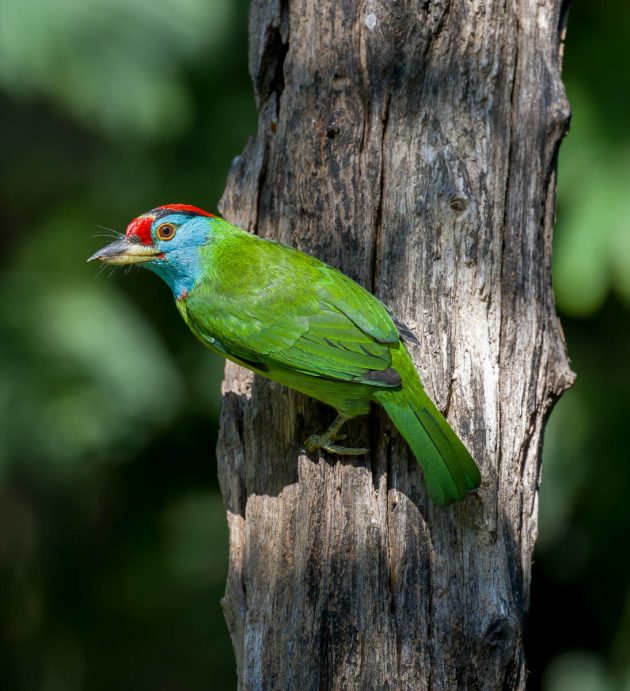
The researchers speculate that this is because of the contrast against the green canopy background – an explanation that seems a bit spurious to me if applied to captive birds.
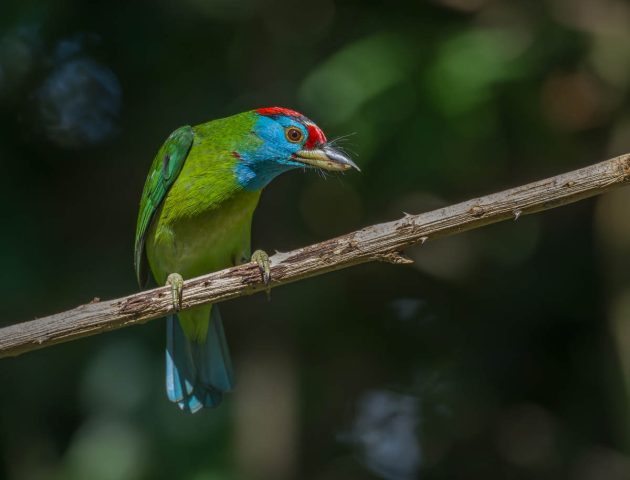
If Blue-winged Minlas gave concerts, they would probably ask for some nice bathing facilities.
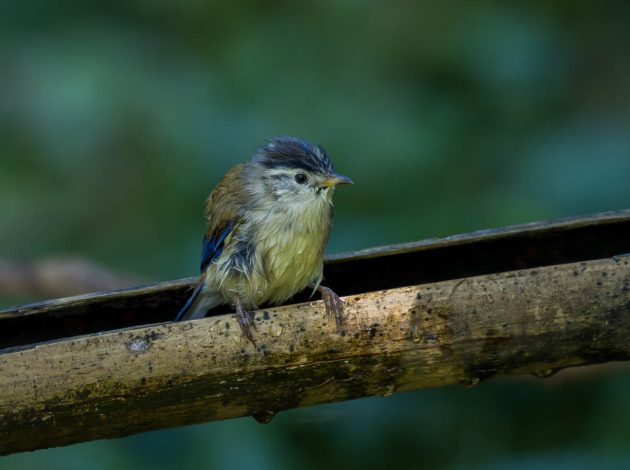
They would probably also ask for lots of towels, which were not provided here.
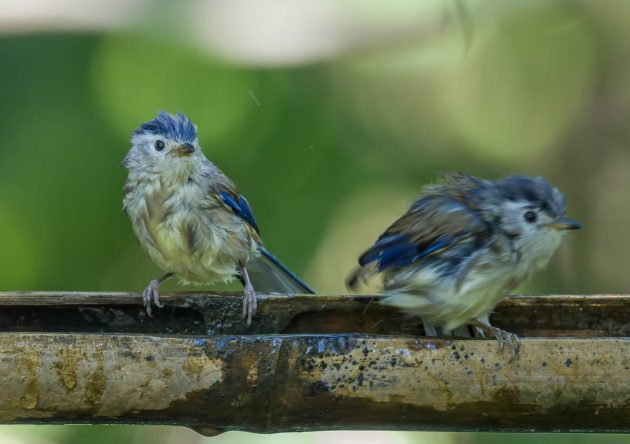
The Brown-cheeked Fulvetta is another bird thrashed by eBird, which calls it an “unapologetically drab and unmarked fulvetta” with calls that “include loud sputtery chattering and rattling.”
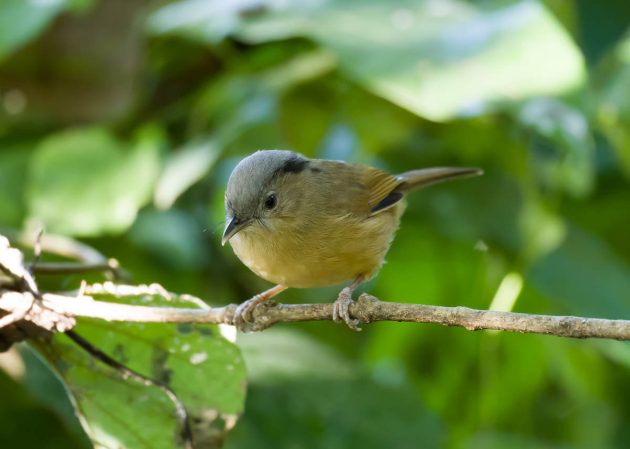
Maybe a defense mechanism to avoid ending up as a cage bird?
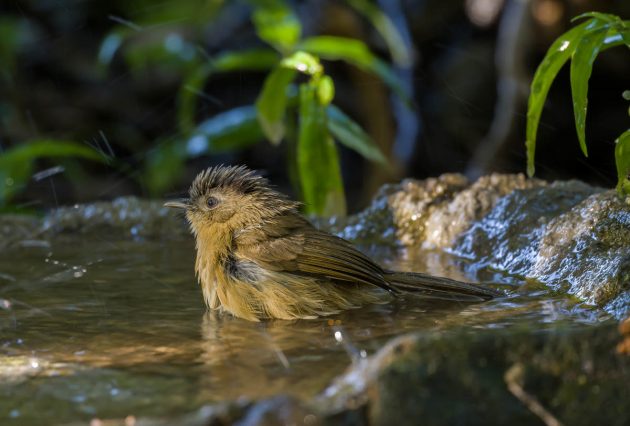
The HBW entry on the Collared Scops Owl is disappointingly short, given that this is an extremely cute and attractive bird and that the entry is attributed to 9 (!) authors. Presumably, each of them wrote only one or two sentences.
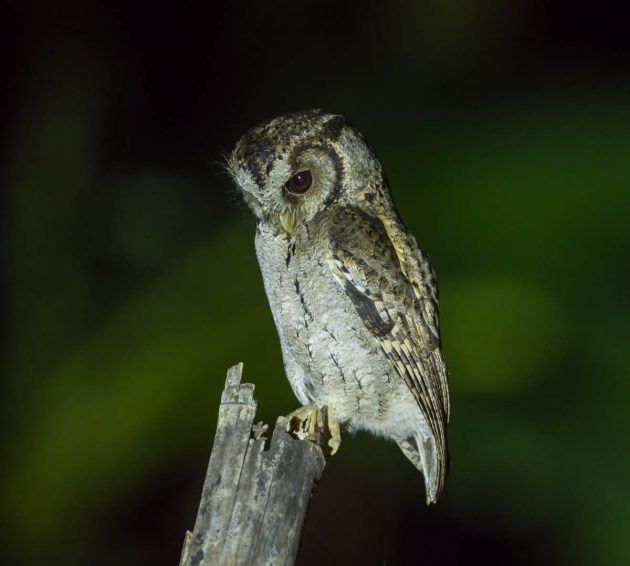
Given the small size of the owl (23-25 cm), the eBird characterization as a medium-sized owl is also a bit strange. Indeed, Wikipedia states that the collared scops owl is a small owl.
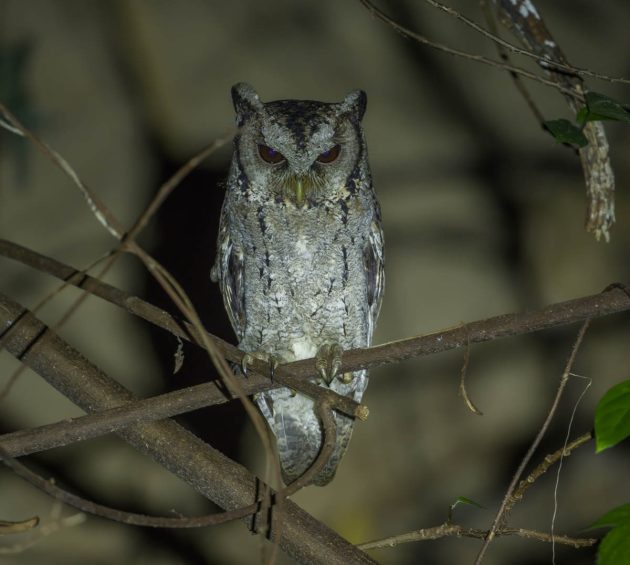
These differences are a good explanation for the sceptical look of the owl in these photos.
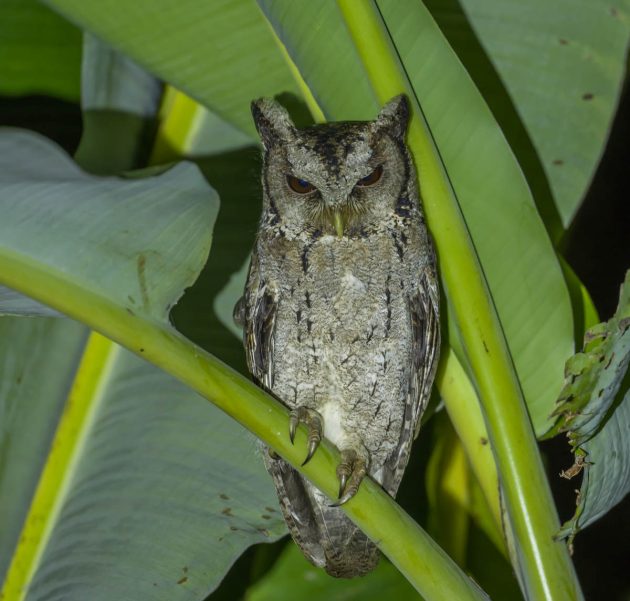
The Collared Treepie is a member of the Corvid family, which features in a paper in the Journal of Social Work and Social Development titled “Locating Crow in Agricultural and Domesticated Waste Management – Understanding Distribution, Mythology and Utility”.
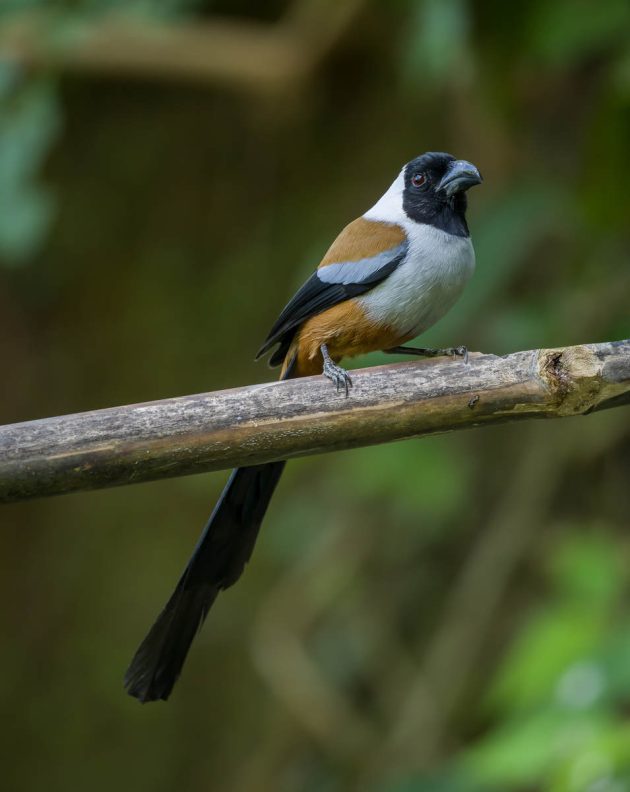
In which the authors state that “a world without crows would be a pile of rubbish, dead animals, and other perishable things that would upset the balance of the environment”.
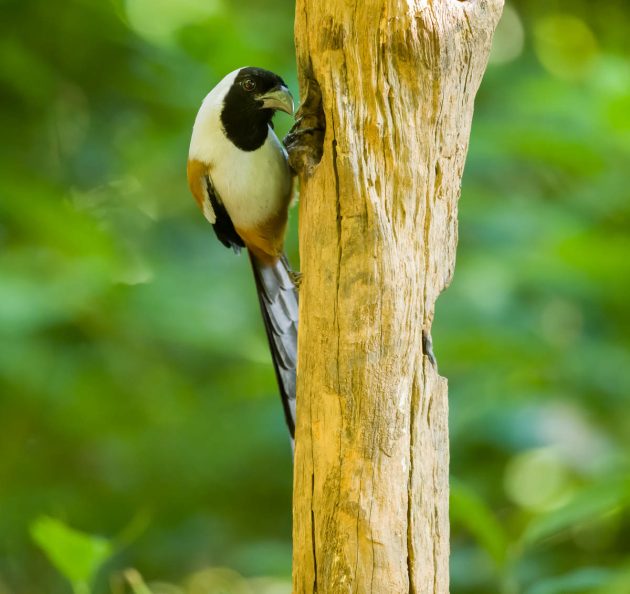
This is the kind of talk that immediately makes me think of a great book title, “Hyperbole and a Half“.
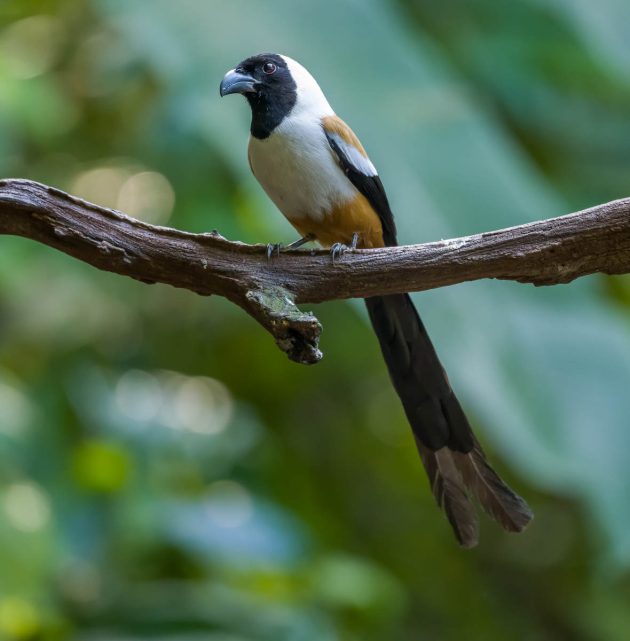
Of course, not every reader of 10,000 Birds is interested in birds. Therefore, authors are encouraged to tackle crossover topics that combine ornithology with other areas of scientific interest. A good example of this approach is me mentioning a paper on “Three Species of Chewing Lice (Mallophaga: Ischnocera) from the Common Emerald Dove“.
Presumably, this is a male …
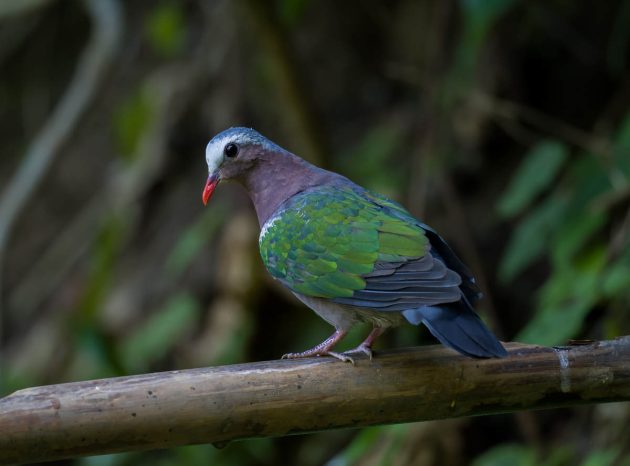
… and this a female (HBW: similar, but rufous or chestnut-brown where male is purplish; lacks white shoulder patch; white and grey on head restricted to front of forehead and stripe over eye).
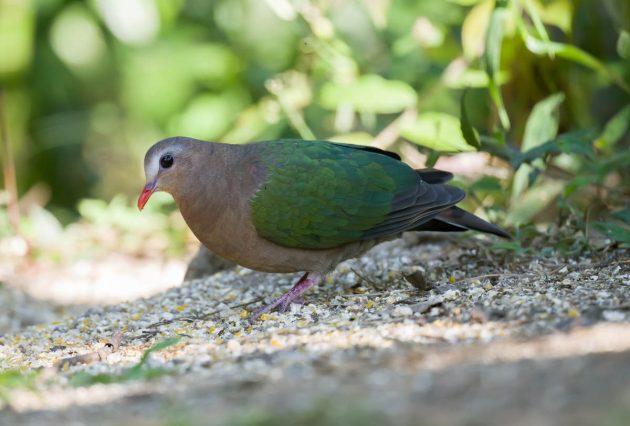
[adinserter block=”1″]
Source link



